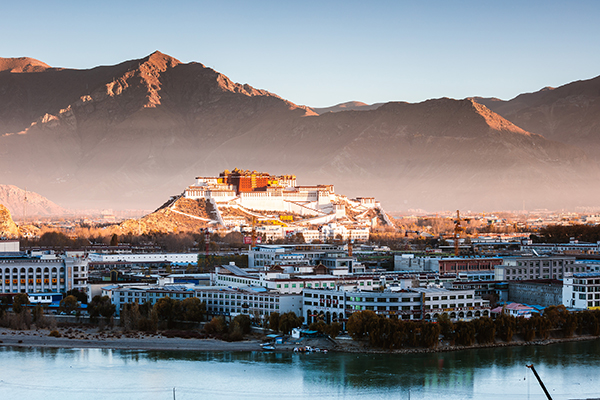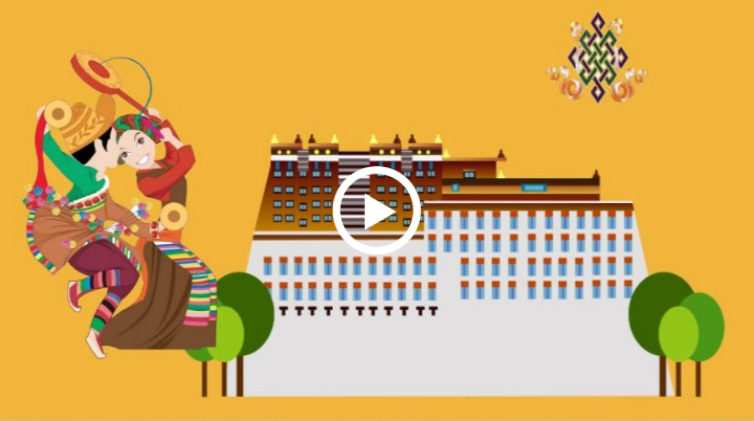Lhasa farmers, herdsmen achieve 323?fold income growth over 60 years
Updated: 2025-11-13 (chinadaily.com.cn)  Print
Print 



A resident works in a modern agricultural demonstration park in Lhasa. [Photo by Jia Huajia/tibet.cn]
Over the past six decades, Lhasa has made extraordinary progress in improving rural livelihoods. Since the founding of the Xizang autonomous region, and particularly since the 18th National Congress of the Communist Party of China, farmers and herdsmen have experienced remarkable income growth and improved living standards.
Statistics show that the per capita disposable income of farmers and herdsmen in Lhasa rose from 84 yuan ($11.83) in 1965 to 27,151 yuan in 2024, an increase of 323.2 times, representing an average annual growth rate of 10.3 percent. Since the 18th National Congress of the Communist Party of China in 2012, the figure has entered a new stage of double?digit growth, climbing from 7,082 yuan to 27,151 yuan in 2024. Over 12 years, incomes grew by 20,069 yuan, with an average annual increase growth rate of 13.3 percent.
The city has put income growth at the heart of its rural work. Through clear strategies to boost wages, expand business opportunities, stabilize transfer incomes, and tap property incomes, alongside measures like skills training, market expansion, and collective dividends, the city has created a broad framework that strengthens livelihoods and supports long?term rural prosperity.
In 2025, Lhasa introduced new measures to consolidate gains. In the first half of the year, the per capita disposable income of rural residents reached 8,998 yuan, up 8 percent year?on?year.








